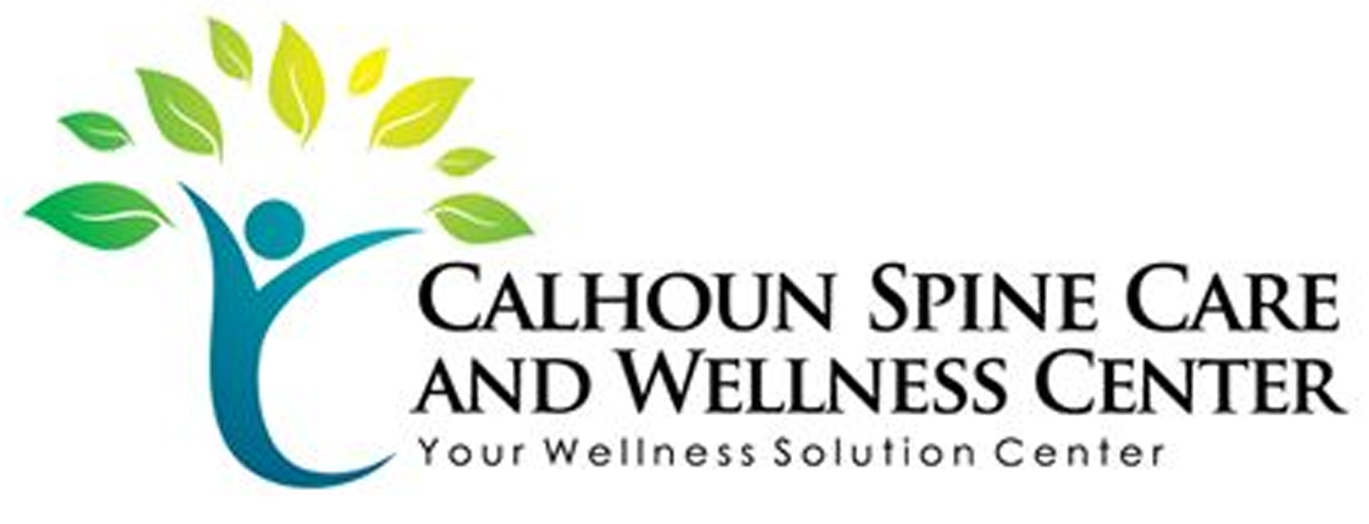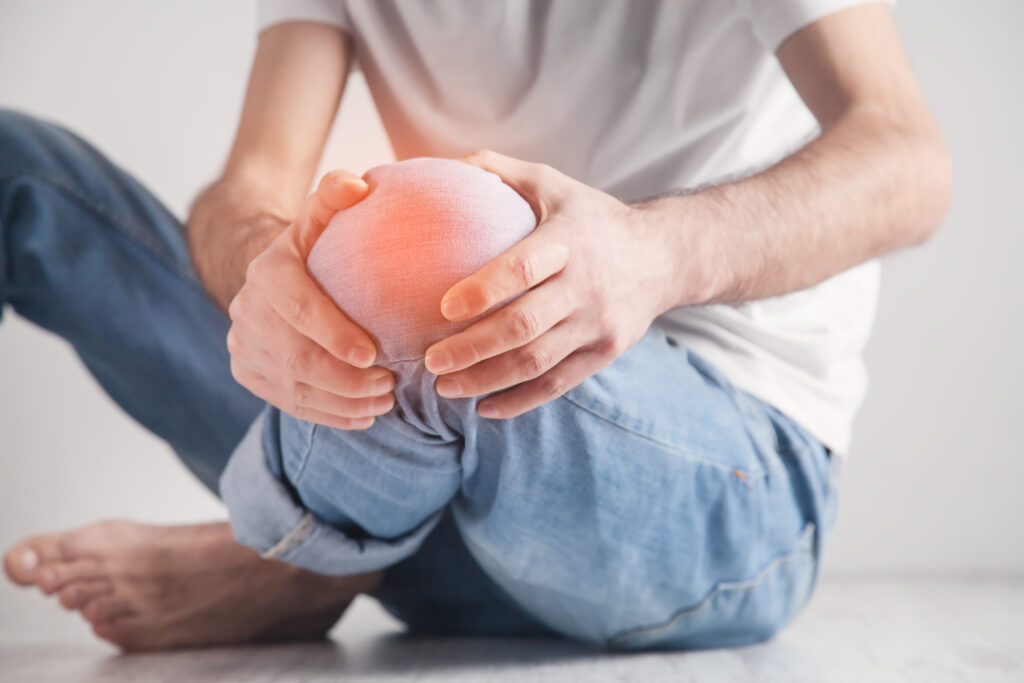When you're dealing with an athletic injury in Calhoun, the road to recovery can feel challenging. It's essential to prioritize your rest and recovery, but that's just the beginning. Seeking professional guidance can make a significant difference in your healing process, ensuring you're on the right track. You'll also want to implement a structured rehabilitation plan tailored to your needs. This isn't just about physical recovery; your nutrition and hydration play important roles too. Curious about how these elements come together for a successful recovery?
Prioritize Rest and Recovery
When you're dealing with an athletic injury, prioritizing rest and recovery is essential for getting back on track. Your body needs time to heal, and pushing through the pain can lead to prolonged recovery or even further injury.
Start by taking a break from your usual training routine. This doesn't mean you should completely cease all physical activity, but focus on low-impact exercises that won't aggravate your injury. Swimming or cycling can keep you active without putting too much strain on the injured area.
Next, listen to your body. If you feel pain during an activity, stop immediately. Ignoring discomfort can lead to setbacks that prolong your recovery.
You should also pay attention to your sleep patterns. Quality sleep helps your body repair itself, so verify you're getting enough rest each night. Aim for at least seven to nine hours of uninterrupted sleep to support your healing process.
Incorporate proper nutrition into your recovery plan as well. Eating a balanced diet rich in vitamins and minerals can provide the necessary nutrients your body needs to repair itself. Foods high in protein, such as lean meats, dairy, and legumes, help to rebuild tissues, while fruits and vegetables offer antioxidants that combat inflammation.
Finally, stay hydrated. Drinking plenty of water aids in recovery by keeping your muscles and joints lubricated.
Seek Professional Guidance
Seeking professional guidance is essential during your recovery from an athletic injury. It's easy to feel overwhelmed and unsure about your next steps, but consulting with experts can provide the clarity and direction you need.
Whether you're dealing with a minor sprain or a more severe injury, professional help guarantees you're on the right track to recovery.
Start by reaching out to a healthcare professional, such as a sports physician or physical therapist. They can assess your injury, recommend proper treatments, and help you set realistic recovery goals.
Additionally, getting professional advice can prevent further injury by guaranteeing you don't rush back into your sport too soon.
Consider these key points when seeking guidance:
- Get a thorough evaluation: Understand the extent of your injury with a detailed assessment.
- Follow evidence-based recommendations: Trust the advice of professionals who base their treatment on scientific research.
- Stay informed: Ask questions about your injury and recovery process to empower yourself.
- Listen to your body: Professionals can teach you how to recognize signs of overexertion.
- Utilize rehabilitation resources: Take advantage of specialized programs that professionals may offer for your recovery.
Implement a Rehabilitation Plan
After consulting with a healthcare professional, it's time to implement a rehabilitation plan tailored to your specific needs. This plan should focus on gradually restoring your strength, flexibility, and range of motion. Start by setting realistic goals based on your injury and fitness level. Break these goals down into manageable steps to keep you motivated.
Next, incorporate targeted exercises into your routine. These should include stretching to enhance flexibility, strength training to build muscle around the injured area, and functional exercises to mimic your sport's movements. Always prioritize proper form to avoid re-injury. Don't hesitate to ask your therapist for modifications if you're unsure.
In addition to exercises, pay attention to your rest days. Recovery is just as essential as your workouts, as it allows your body to heal and adapt. Schedule in rest days and listen to your body—if you're feeling pain, it might be a sign to slow down.
Keep track of your progress, noting improvements and any setbacks. This will help you stay accountable and provide valuable insights to your healthcare provider. Regular check-ins will guarantee your rehabilitation plan remains effective.
Finally, stay positive and patient. It can be frustrating to face limitations, but remember that recovery is a journey. Celebrate small victories along the way, and don't rush the process. With dedication and a well-structured rehabilitation plan, you'll be on your way to returning to your sport stronger than ever.
Focus on Nutrition and Hydration
To maximize your recovery from an athletic injury, focusing on nutrition and hydration is vital. What you eat and drink can greatly impact your healing process. Proper nutrition supplies your body with the necessary nutrients to repair tissues, reduce inflammation, and maintain energy levels.
Additionally, staying hydrated helps transport those nutrients and keeps your body functioning at its best.
Here are some key nutritional aspects to take into account:
- Protein: Aim for lean sources like chicken, fish, beans, and legumes. Protein is essential for muscle repair and recovery.
- Healthy Fats: Incorporate sources like avocados, nuts, and olive oil. Healthy fats can help reduce inflammation and support overall health.
- Fruits and Vegetables: Fill your plate with colorful produce. These foods are rich in vitamins, minerals, and antioxidants that aid in recovery.
- Hydration: Drink plenty of water throughout the day. Staying hydrated helps to flush out toxins and keep joints lubricated.
- Whole Grains: Choose whole grains like brown rice, quinoa, and whole wheat bread. They provide the necessary carbohydrates to fuel your body and keep your energy levels steady.
Gradually Return to Activities
Your body needs time to heal, and returning to activities too quickly can lead to setbacks or re-injury. Once you've received medical clearance, it's crucial to ease back into your routine.
Start by evaluating your injury and understanding your limits. Listen to your body; if you experience pain or discomfort, take a step back.
Begin with low-impact exercises that won't stress the injured area. Activities like swimming, cycling, or light jogging can help maintain your fitness without risking further injury.
Focus on rebuilding strength and flexibility before you dive back into high-intensity workouts or competitive sports. Gradually increase the intensity and duration of your activities as you feel more comfortable.
Set small, achievable goals to track your progress. Celebrate these milestones, as they'll keep you motivated and focused on your recovery.
It's also wise to incorporate cross-training into your routine. This approach allows you to work different muscle groups and reduces the risk of overuse injuries.
Don't hesitate to consult with a physical therapist or trainer for personalized guidance. They can help you create a tailored plan that promotes safe progression.
Conclusion
Injuries can be tough, but following these tips can help you bounce back stronger. Prioritize your rest and recovery, seek expert guidance, and stick to a solid rehabilitation plan. Don't forget to nourish your body with the right foods and stay hydrated. As you start getting back into your routine, ease into activities with care. By taking these steps, you'll not only heal effectively but also set yourself up for future success in your athletic endeavors.



